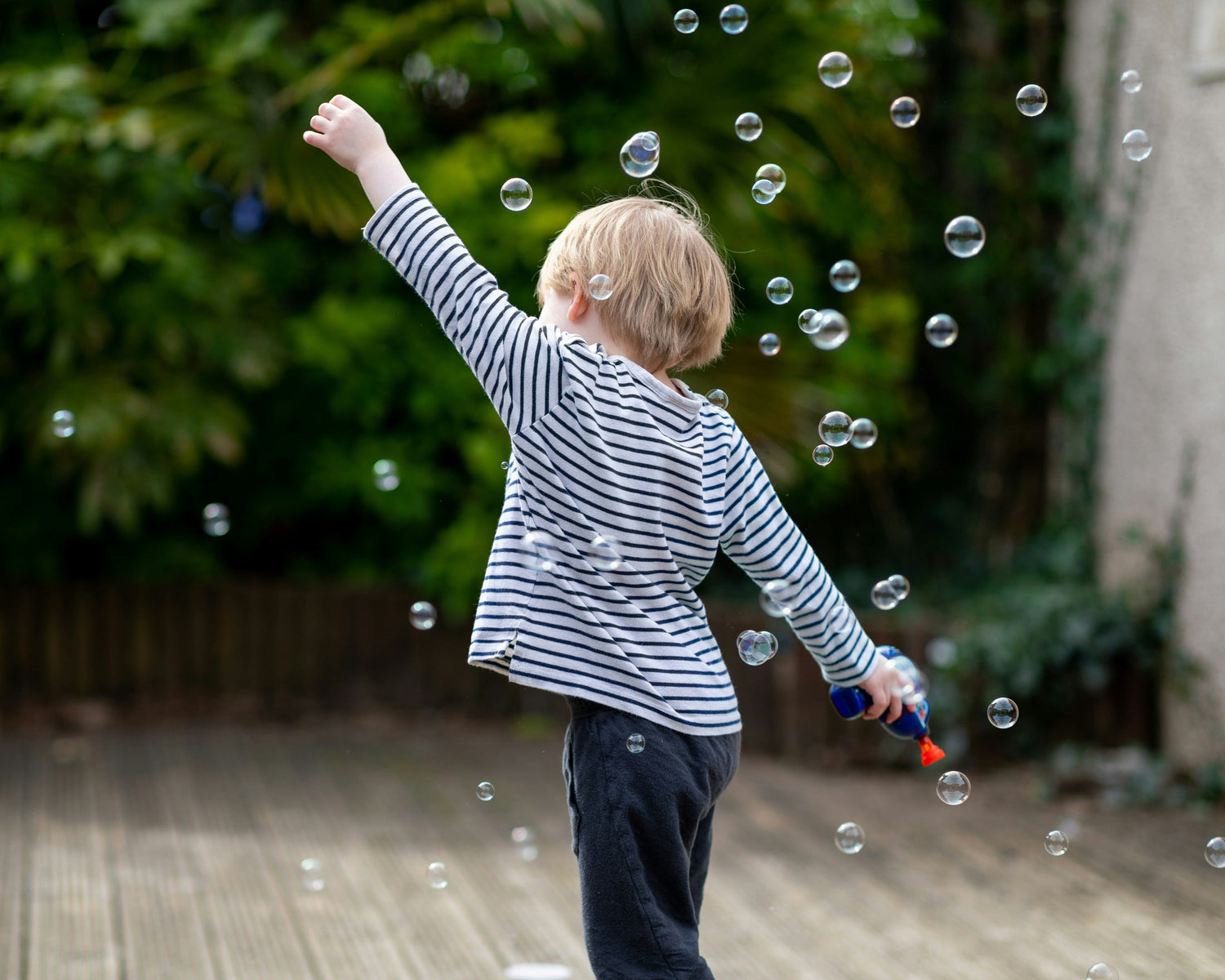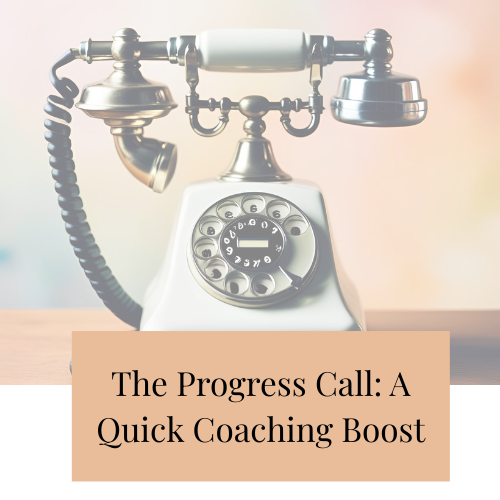Keeping My Child Engaged and Interested
Every parent knows the scene: you set up an activity, your child is excited for a few minutes… and then walks away. You’re left wondering, “Why can’t they stay interested?”
The truth is, short attention spans are perfectly normal in childhood. Children are naturally curious explorers. Their brains are wired to dip in and out of play, testing new ideas as they go. The key isn’t forcing them to stick with one thing, but instead creating play opportunities that spark their curiosity again and again.
Why Short Attention Spans Are Normal
Young children aren’t designed to focus for long stretches. In fact, a good rule of thumb is about 2–5 minutes of attention per year of age (so a 3-year-old might only focus for 6–15 minutes at a time). This isn’t a problem, it’s a sign their brains are busy processing and learning.
Refreshing Play Without Buying More Toys
You don’t need a constant stream of new toys to keep your child engaged. Often, it’s about presenting familiar things in fresh ways:
- Toy rotation: Put half their toys away and swap them every couple of weeks. Suddenly, old toys feel “new” again.
- Treasure baskets: Gather safe household items (spoons, sponges, fabric scraps) for sensory discovery.
- Themed play setups: Use the same toys but add a theme — e.g., blocks become a zoo, cars become a city.
- Everyday objects: Children often prefer cardboard boxes, kitchen utensils, or nature finds to shop-bought toys!
Follow Their Lead
Sometimes a child’s disinterest isn’t boredom, it’s a clue that the play doesn’t match their current need. Watch what they’re naturally drawn to:
- Do they love moving? → Try obstacle courses, dancing, or chasing bubbles.
- Do they enjoy quiet focus? → Offer puzzles, books, or sorting activities.
- Do they love role-play? → Set up a “shop,” “post office,” or “doctor’s clinic.”
When we tune into their cues, engagement lasts much longer.
Simple Tips for Longer Play
- Set up invitations to play: Place toys or activities out in an inviting way, rather than handing them over in a pile.
- Play alongside them: Your presence often deepens their interest.
- Keep it open-ended: Toys without one “right” way to play (blocks, loose parts, playdough) hold attention longer.
- Add novelty: Change the location — e.g., blocks in the kitchen instead of the playroom.
Final Thought
Children’s interest in play will ebb and flow and that’s exactly how learning happens. By offering variety, following their lead, and refreshing play in simple ways, you can keep their curiosity alive without needing endless new resources.
✨ If you’d like tailored activity ideas to match your child’s unique interests and stage of development, I’d love to support you through a personalised consultation. Have a look through our website and feel free to message Info@curiousmindsconsultations.com if you have any questions.







